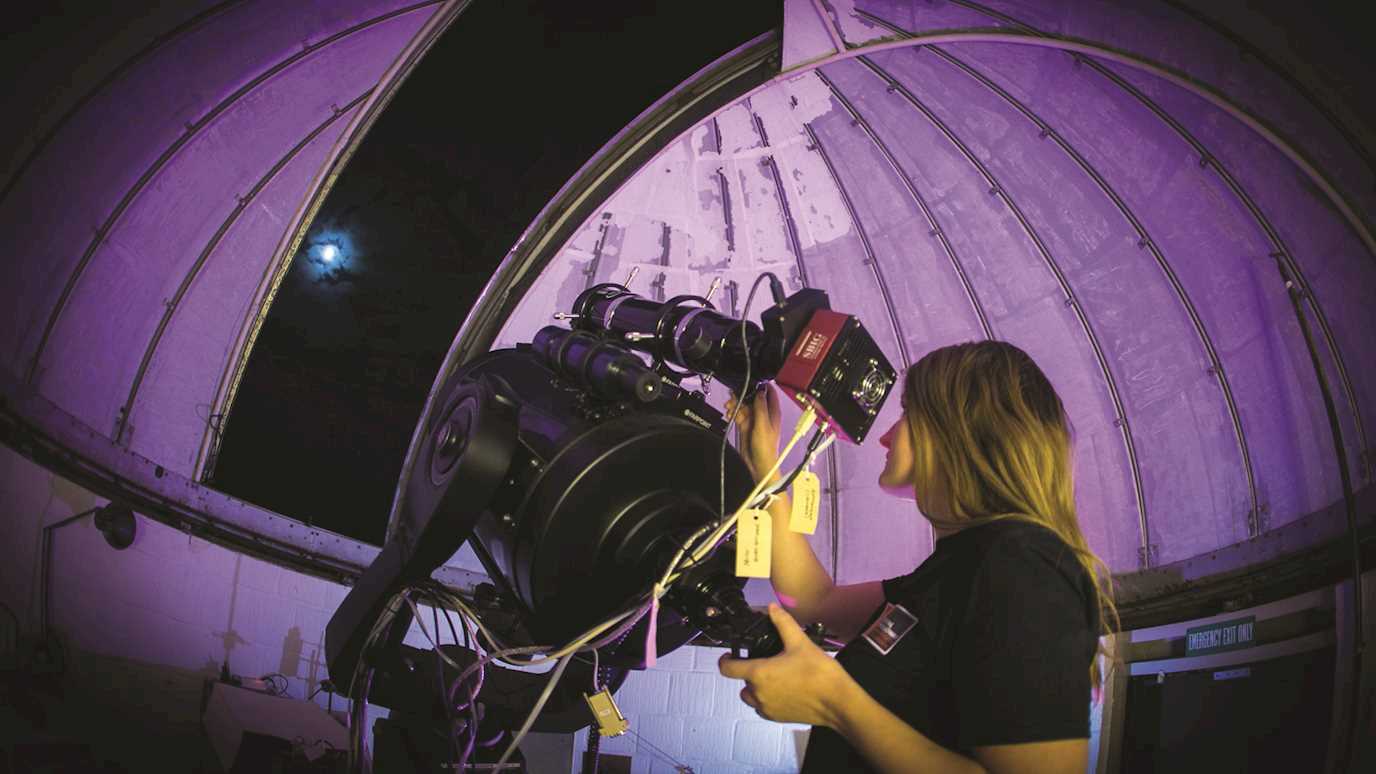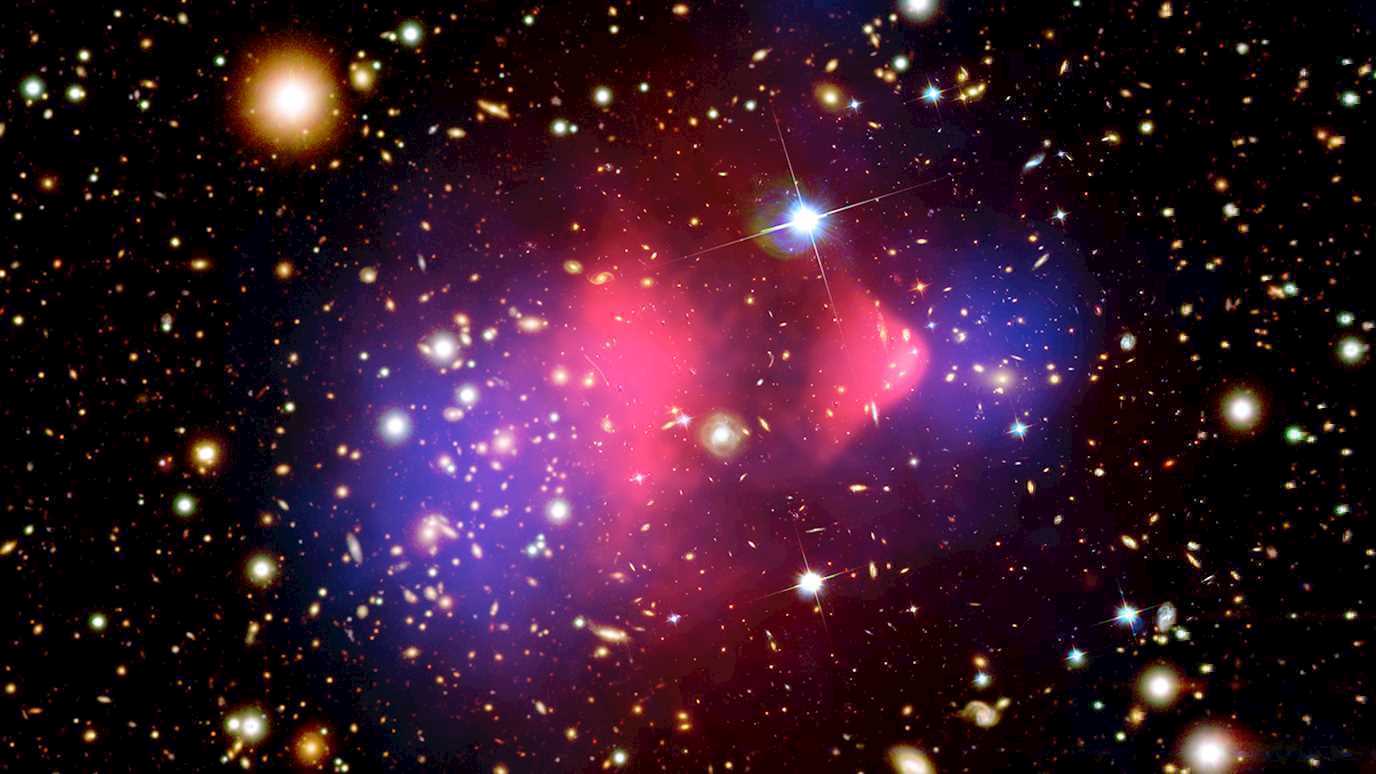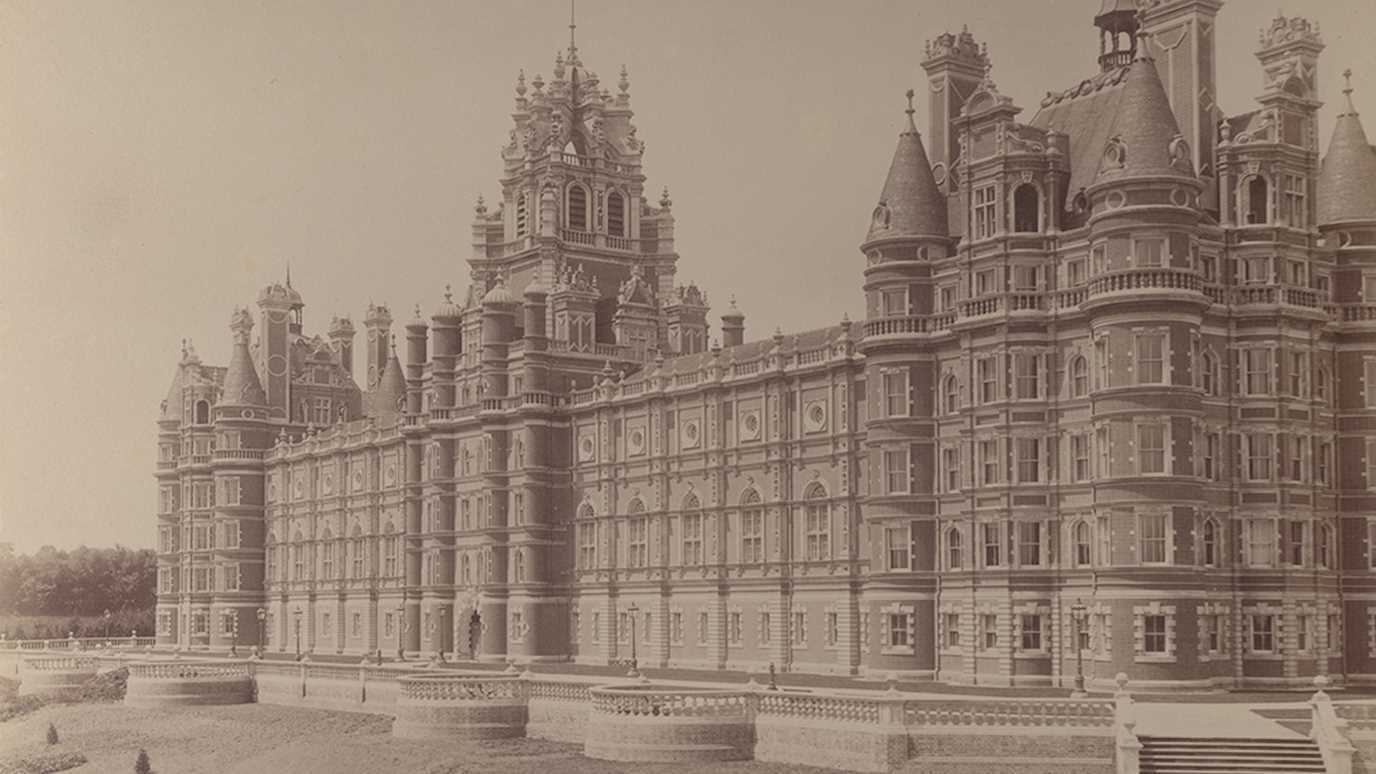Incommensurate Magnetism and Quantum Criticality
Professor Andrew Huxley (University of Edinburgh)
If a continuous ferromagnetic transition could be suppressed to zero temperature this would result in a quantum critical point in which the length and times scales for fluctuations of the magnetisation diverge without limit as temperature decreases. In practice such points for clean ferromagnets are always avoided. I will address how this evasion occurs in the material PrPtAl through the formation of an incommensurately modulated state and whether the mechanism of quantum order by disorder can explain this. Magnetic field can still be used to bring about a transition between ferromagnetism and a modulated magnetic state at low temperature, but the transition is discontinuous (first-order).
The second part of the talk will consider incommensurately modulated magnetism in a different material. In this case quantum critical behaviour is seen in zero magnetic field deep inside the modulated state. The incommensurate nature of the magnetic ordered state allows detection of growing charge transfer peaks whose presence would be obscured in unordered or commensurately ordered quantum critical systems. This opens a window to examine the role of Kondo physics in quantum criticality that may also provide insight into other materials where quantum critical points are linked with electron localisation.
The image shows the magnetic structure of the modulated state in PrPtAl above a colour map of the neutron scattering intensity as a function of temperature and momentum transfer. A fuller account of this can be found in G. Abdul-Jabbar et al Nature Physics 11, 321 (2015).
























